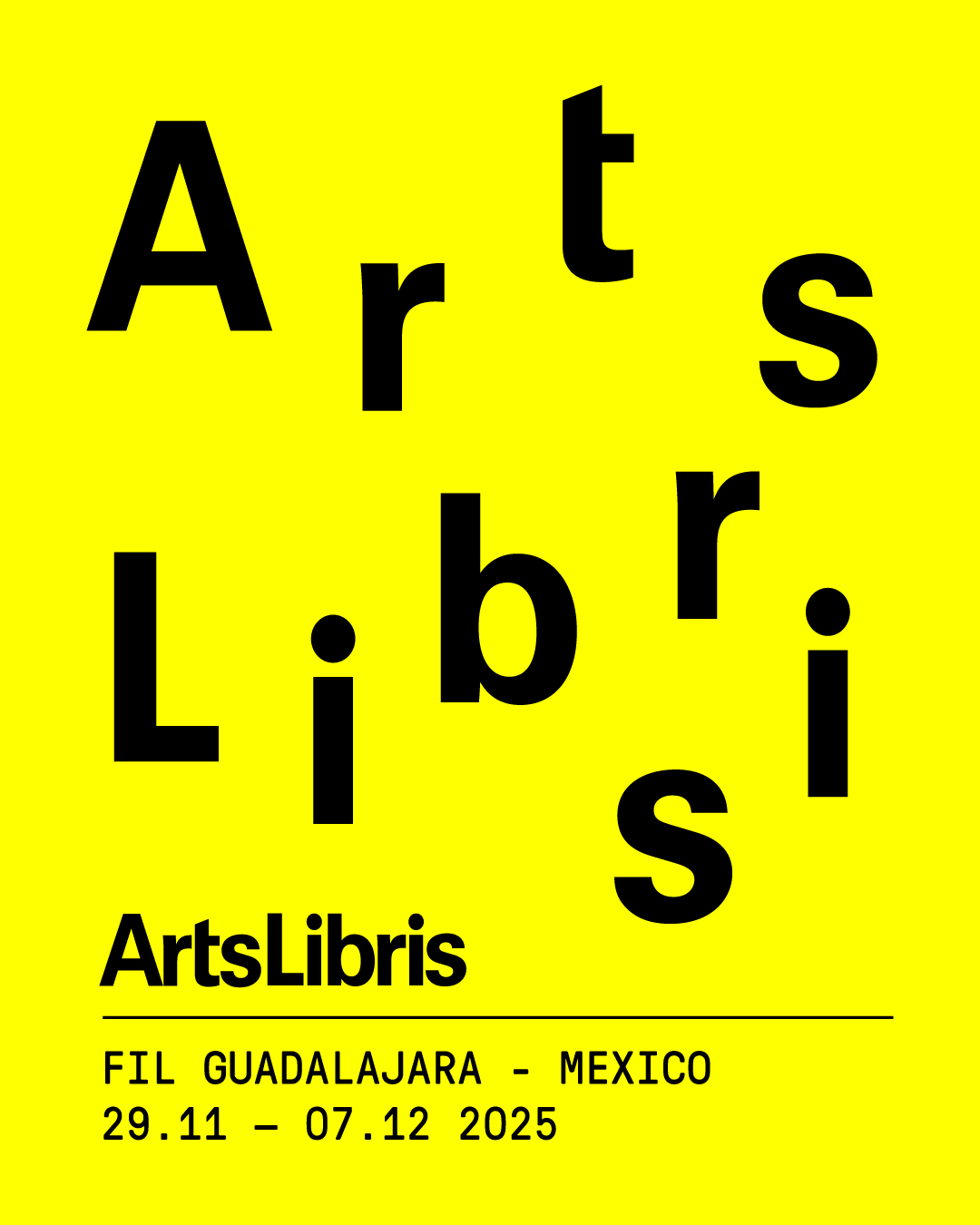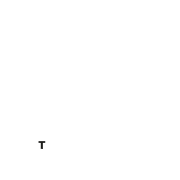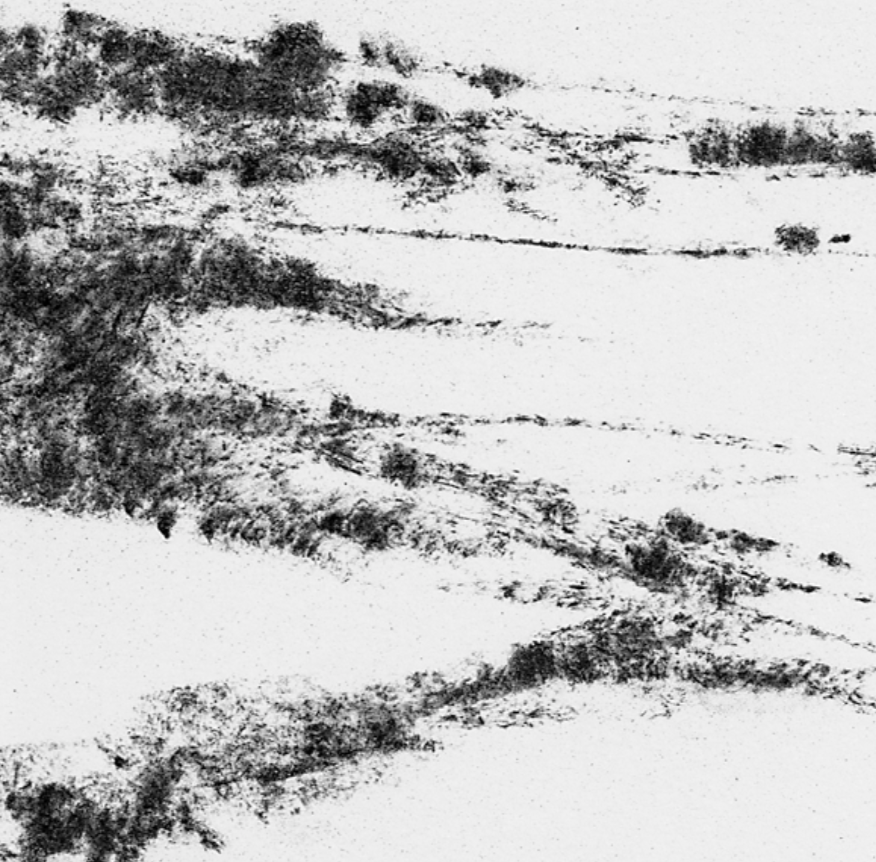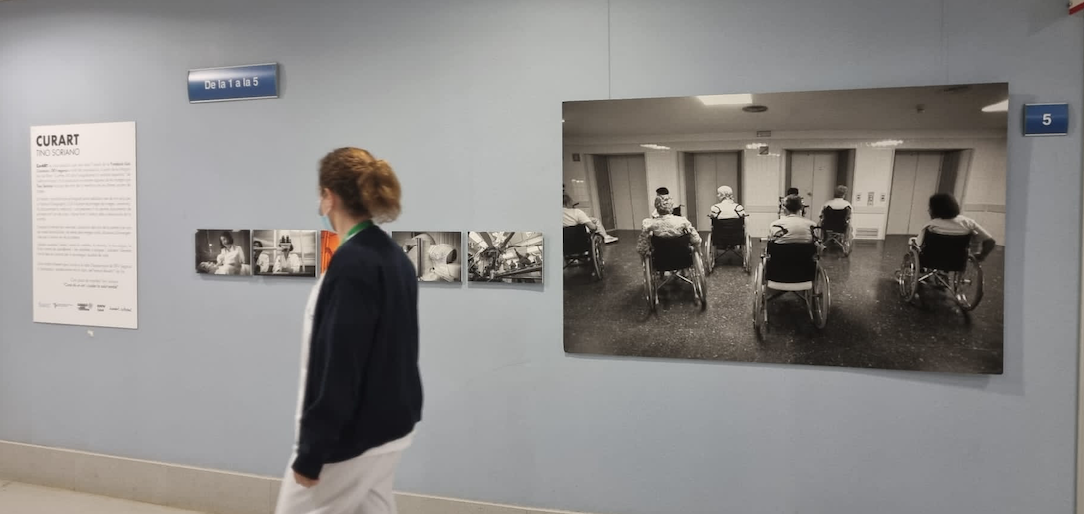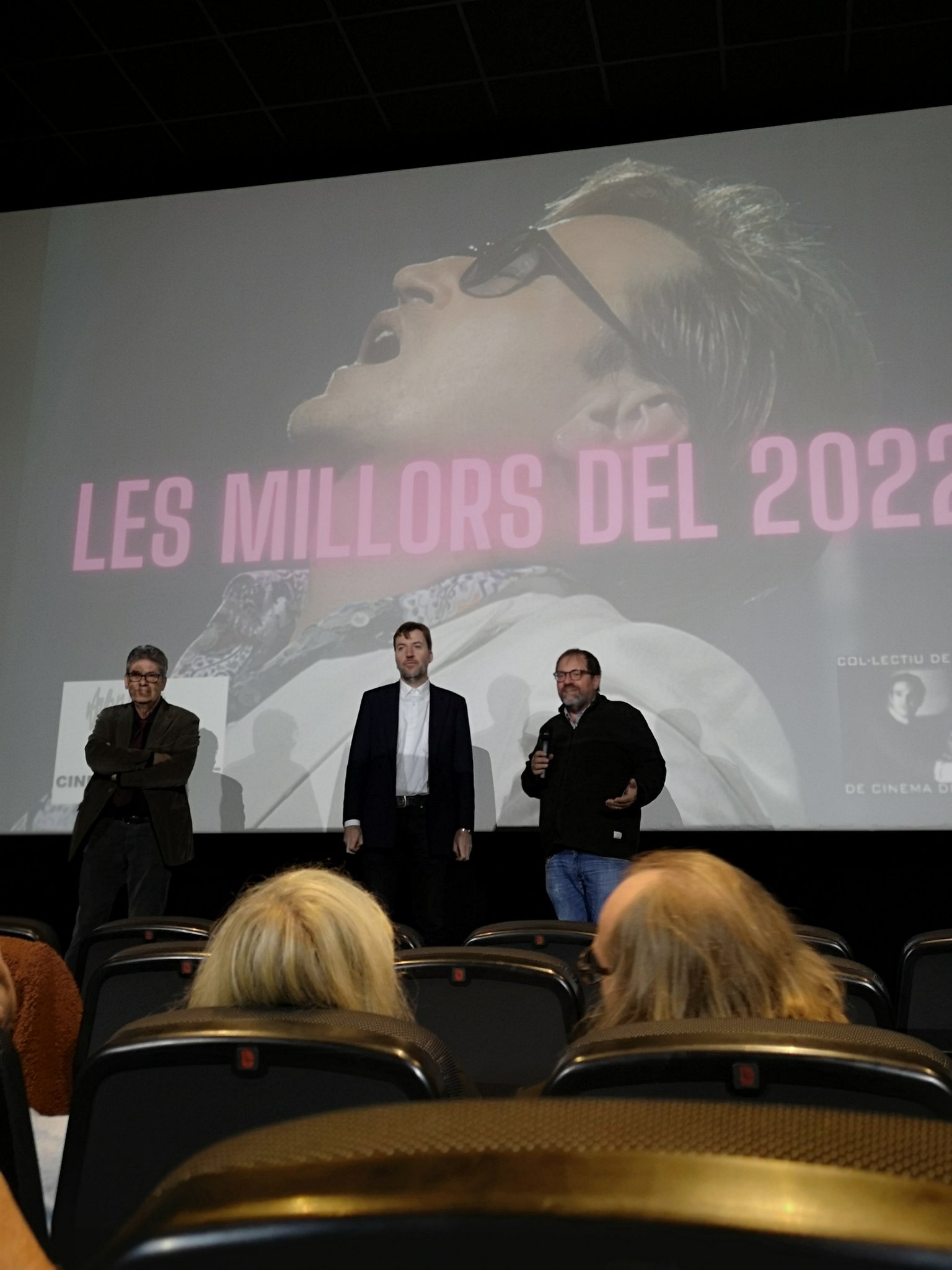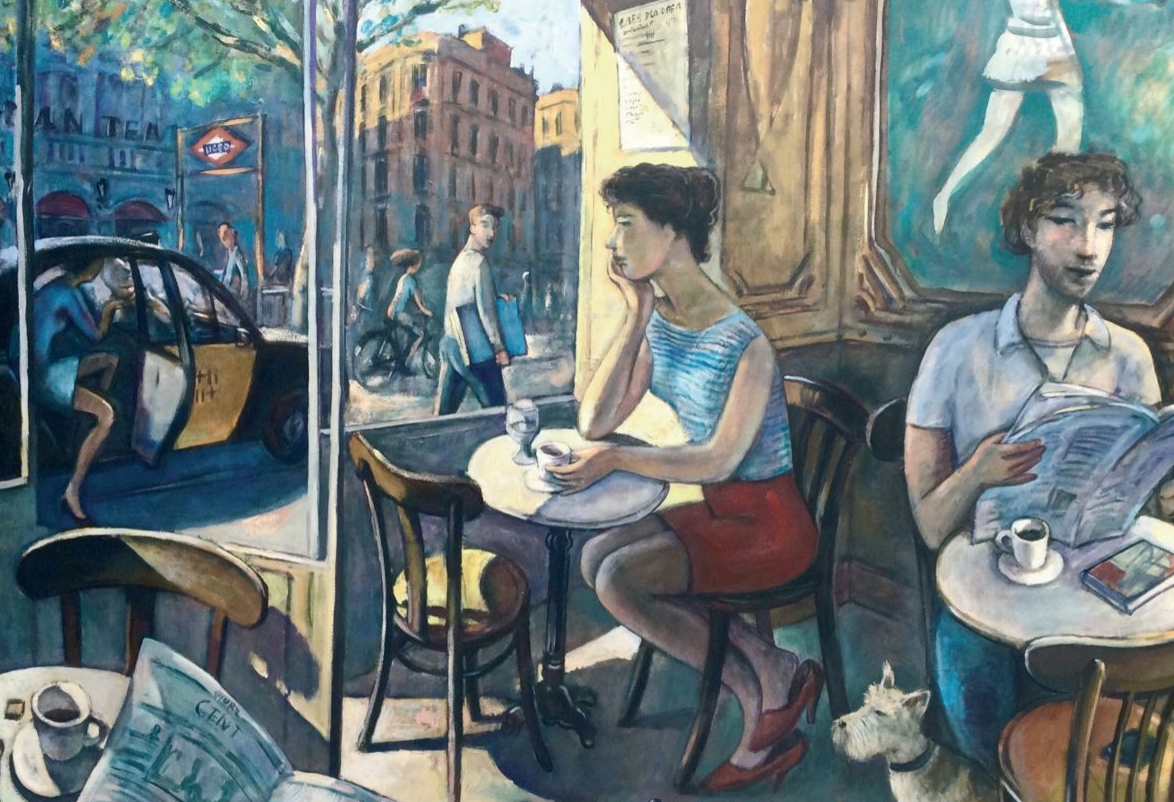Opinion
Where is the art criticism?
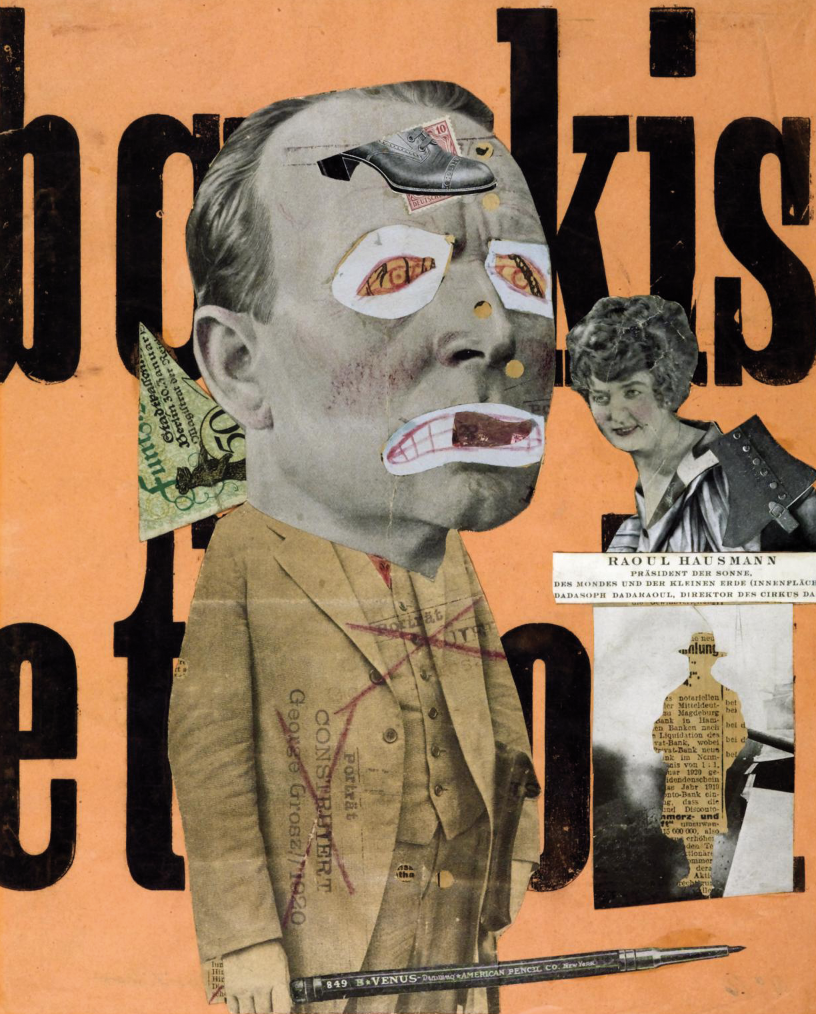
Where is the art criticism? what stirs Who is he asking? The occasion is never too late to rethink the central questions that guide and give meaning to our profession. Even more so, when the traditional figure of the art critic has been eradicated from one of its natural spaces of communication – the mainstream media – from where this practice used to raise great cultural debates. Now it seems that the disappearance of this figure and its replacement by that of the cultural journalist, with a more descriptive and neutral outlook, is a reality that does not exclude, by the way, the employment of a few good professionals in the field.
But what has been described so far is a symptom that is in tune with the new paradigm of friendly and festive culture of the times of immersive art, urban creativity or festive outreach programs ( This is art ), which they support few shadows, epidermal over-information and poor hostile look. Being an accomplice in this flat transformation of culture should make the colors rise in the face of more than one cultural person - of the public or private matter - who, by allowing the purge of criticism from the big media, is condemning the visual arts to mercantile aestheticization or the permanent fever of creative celebration.
Faced with this clear case of cultural apartheid, criticism has shifted to peripheral ghettos of high cultural specialization. Because it is clear that criticism, like any cultural genre, born of necessity, does not disappear because of the will of others, but that it transforms and changes its skin. There is art criticism, like this, of a very high standard, in the universities, relocated in the field of critical and social theory; to curatorial practices, from where committed criticism is vindicated as a generator of knowledge, and from the little more than five visual arts magazines struggling to survive in this centrifugal context. Dynamics that unfold in tune with a contemporary culture, which feels hybrid and deconstructive, and in which anthropologists, philosophers or artists are invited to exercise professional criticism, with much more generosity than that professed by the aforementioned genres towards our office.
Now, after all this process of displacement, bunkerization and expansion of contemporary art criticism, do we really know where we are? What function do we do? What do we remove from the review? Because, if the answer is uncertain, let's imagine where our clients and civil society place us. We need to make visible our strengths - which are many - where we come from - that we do it from afar -, where we are going - that we look beyond - and what we can contribute to the society of knowledge - which is the future -, and 'must be conjugated in a critical key, if we don't want to advance culturally, as Plan said, in perpetuity he wants gallinacy.



